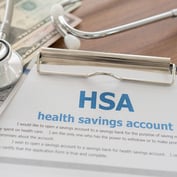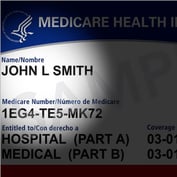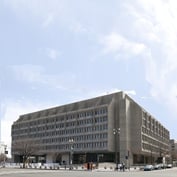New enrollees in PPACA are healthier and spent less on medication than last year, but they still tend to be sicker than those in other health plans.
“While it is encouraging to see data that suggest healthier Americans are enrolling in exchange plans, the research reminds us that many of these patients use this benefit to manage serious, chronic illnesses,” said Julie Huppert, vice president of health-care reform at Express Scripts, which recently released a report for the first quarter of 2015.
Prescription medication use among exchange and traditional health plan enrollees was compared in the Express Scripts Exchange Pulse Report. The analysis is based on more than 100 million de-identified pharmacy claims administered by Express Script.
Prescription drug use by PPACA enrollees declined by 18 percent in the first quarter of this year, and monthly costs were 36 percent lower per member month than during the same period in 2014.
However, spending on high-cost medications for complex conditions, known as specialty drugs, grew faster on ACA plans than on other plans. Among the other significant comparisons with the first quarter of 2014:
-
Spending on hepatitis C medication increased by 96 percent.
-
Oral contraceptive use increased 29 percent.
-
Although still the most common specialty condition, HIV prevalence declined 11 percent
Several other trends emerged. They included the following:
High-cost populations use exchanges. In 2014, just five percent of exchange plan patients accounted for more than 68 percent of total prescription drug spending. In addition, the proportion of exchange plan patients with 2014 annual medication costs exceeding $50,000 was nearly twice that of commercially insured patients and three times more than Medicaid patients.








 July 02, 2015 at 07:48 AM
July 02, 2015 at 07:48 AM









